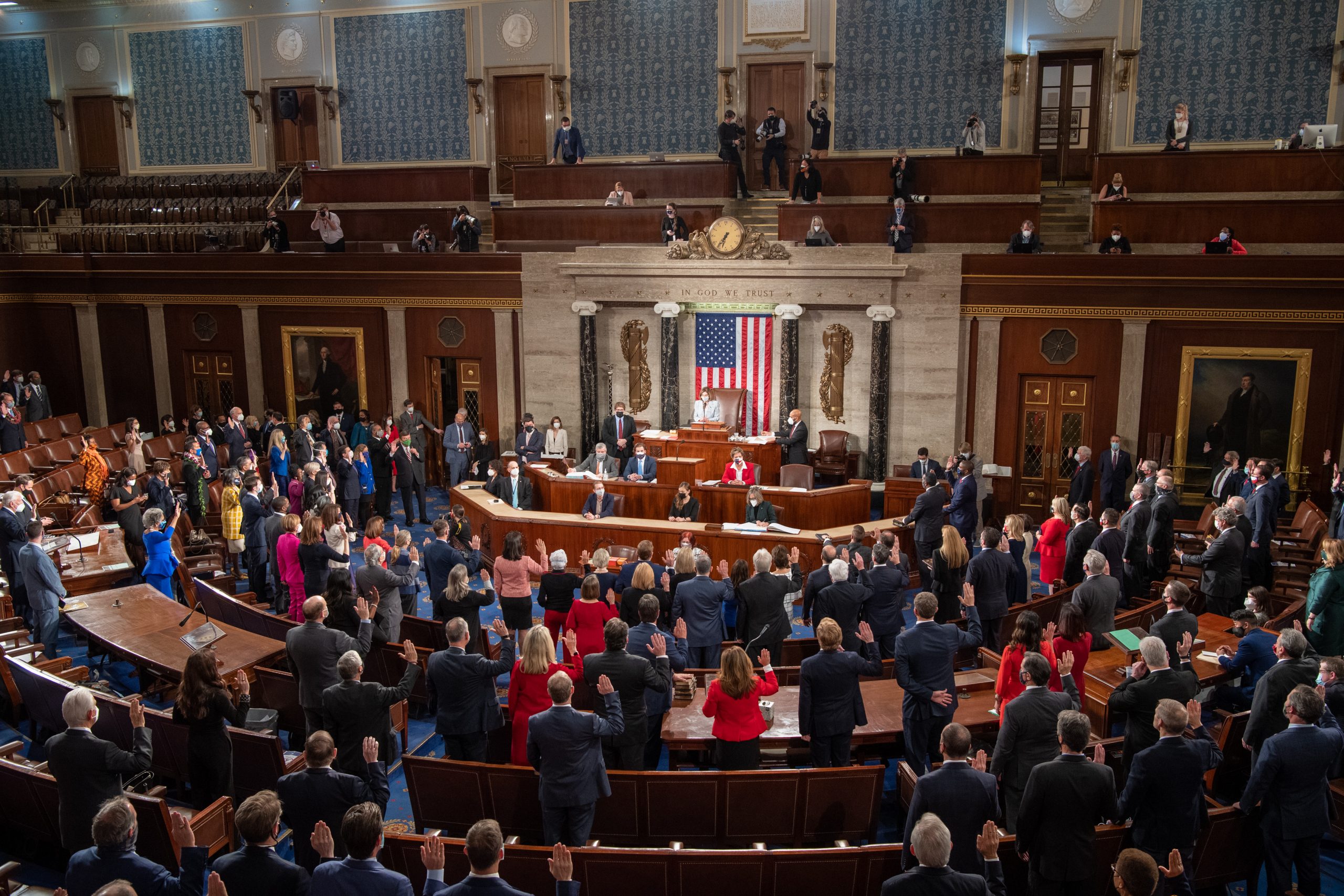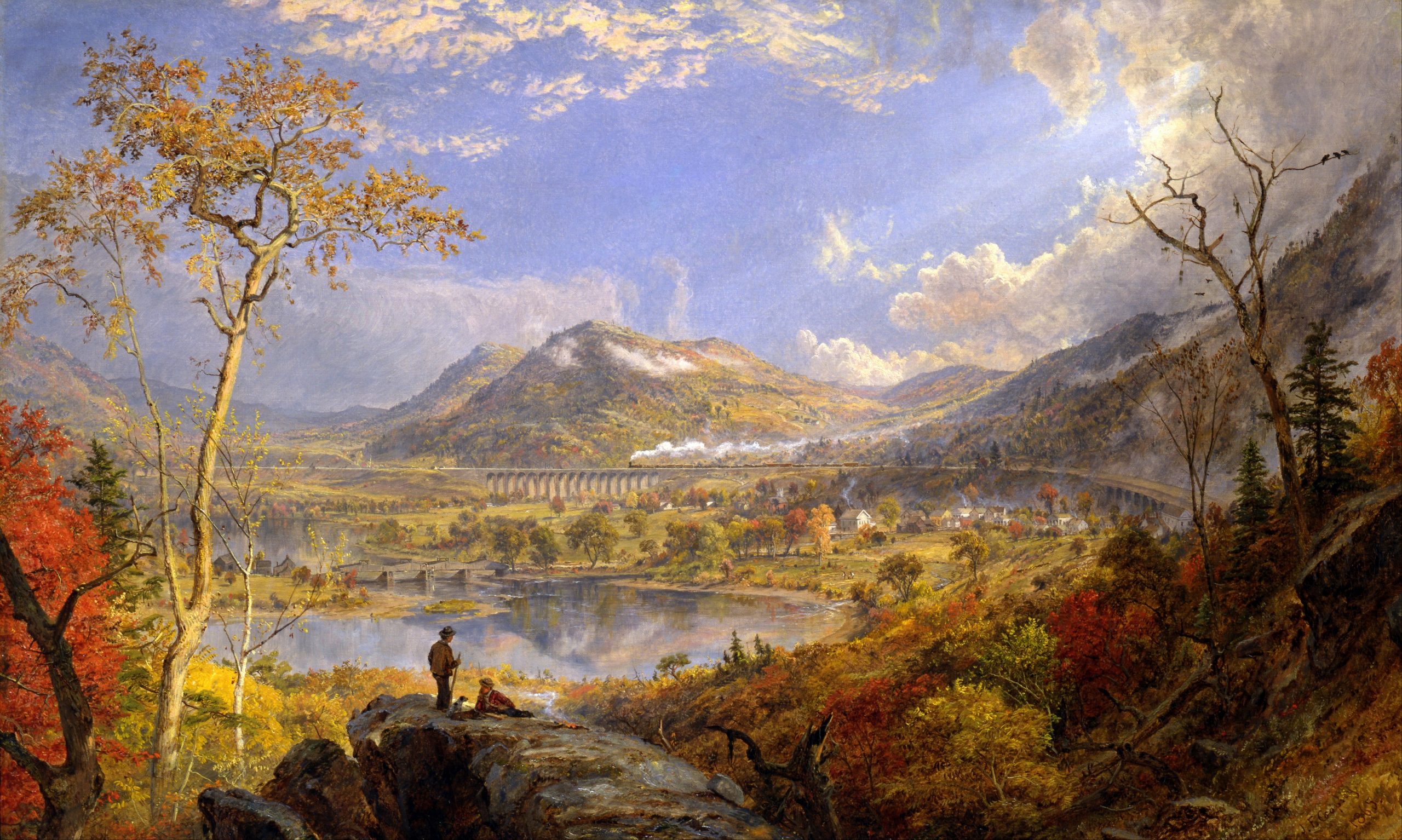CS105 | Lecture 26.1 Cloud Computing
- Home Page 324

Wir sind Driven by Making Sense
I have absolutely loved Vienna. Such a beautiful city 🫶🏻 pic.twitter.com/oPpuOVb5Er
— Charlotte (@charlotteosul) August 10, 2023
W3USR
This content is accessible to paid subscribers. To view it please enter your password below or send mike@standardsmichigan.com a request for subscription details.
Animal Farm
This content is accessible to paid subscribers. To view it please enter your password below or send mike@standardsmichigan.com a request for subscription details.
Standards Pennsylvania
As we explain in our ABOUT, we are continuing the development of the cadre of “code writers and vote-getters” begun at the University of Michigan in 1993. We are now drilling down into state and local adaptations of nationally developed codes and standards that are incorporated by reference into public safety and sustainability legislation. Every state will have to be managed according to its history, culture, governance regime, asset-base and network of expertise.
Standards Michigan will remain the “free” home site but state-specific sites such as Standards Pennsylvania will be accessible to user-interest code-writers and vote-getters. Please send bella@standardsmichigan.com a request to join one of our mailing lists appropriate to your interest for #SmartCampus standards action in the State of Pennsylvania.
We recommend Larry Spielvogel (spielvogel@comcast.net) for energy-related engineering expertise in the Tri-State Metropolitan Philadelphia region.
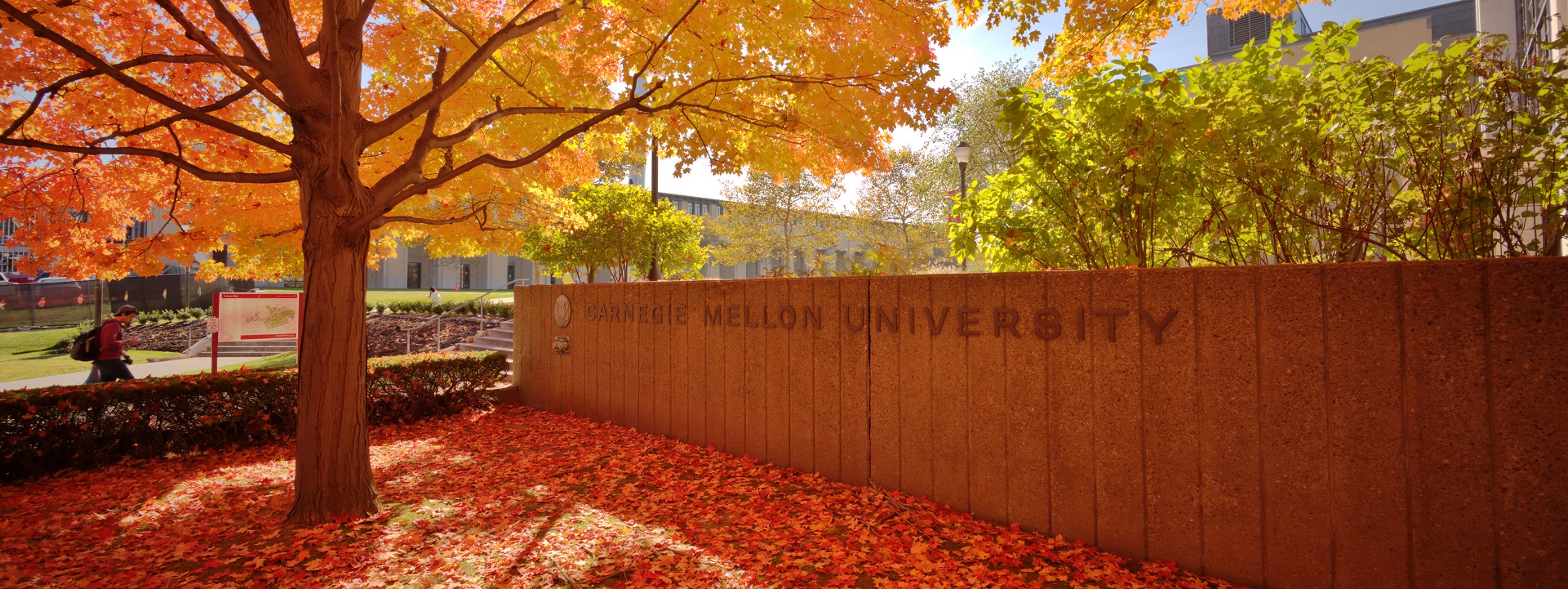
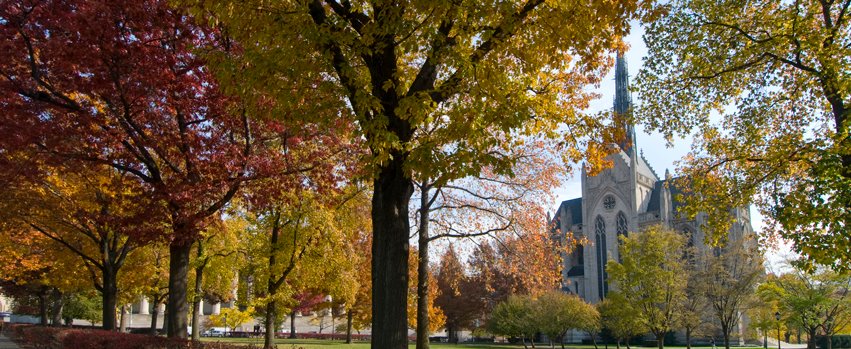
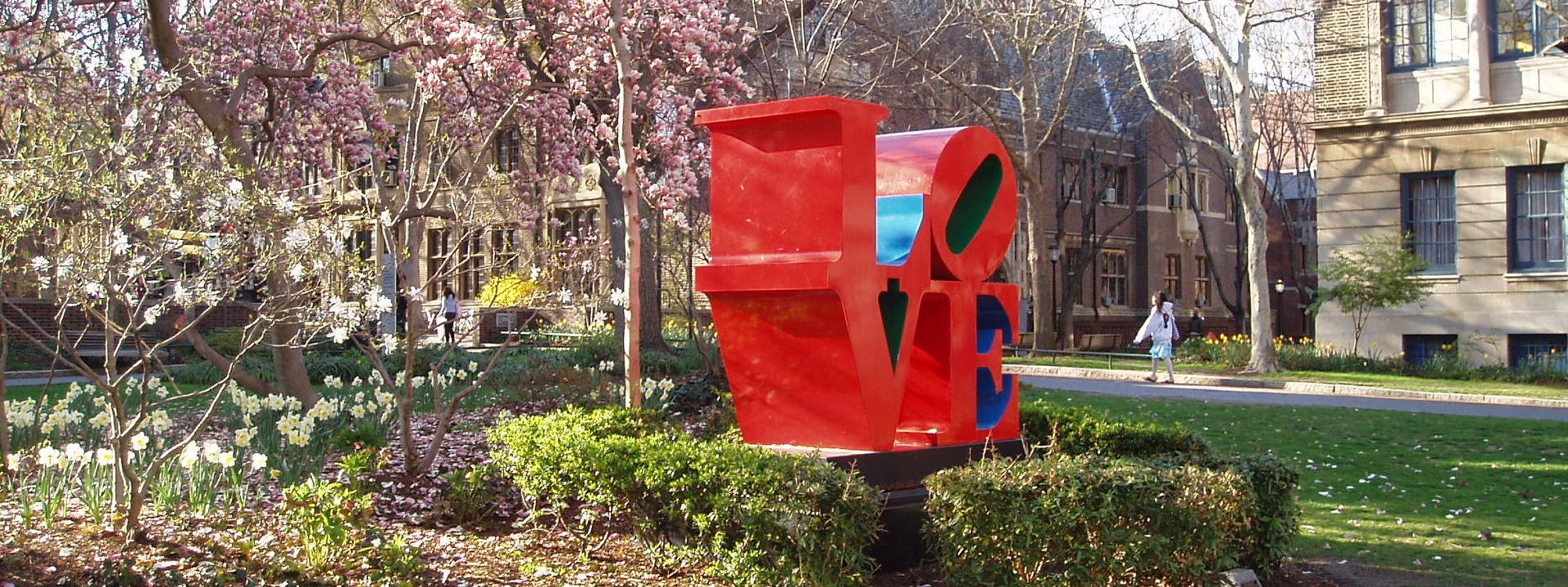
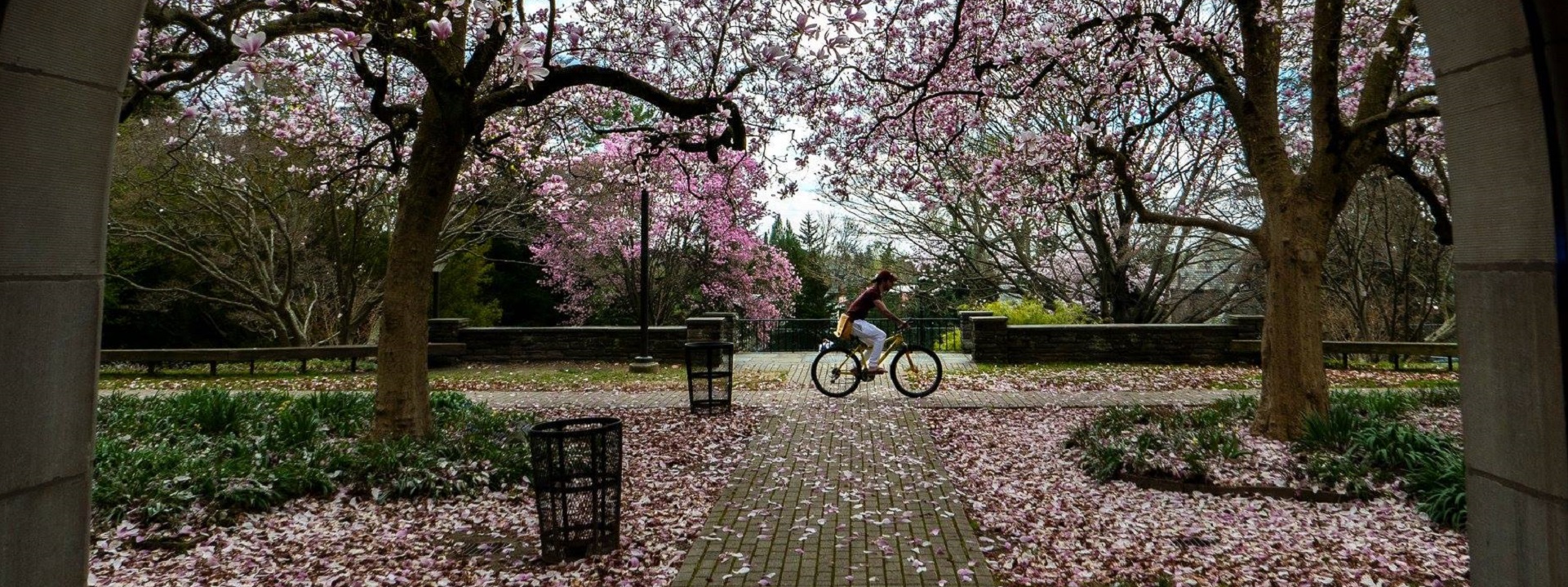

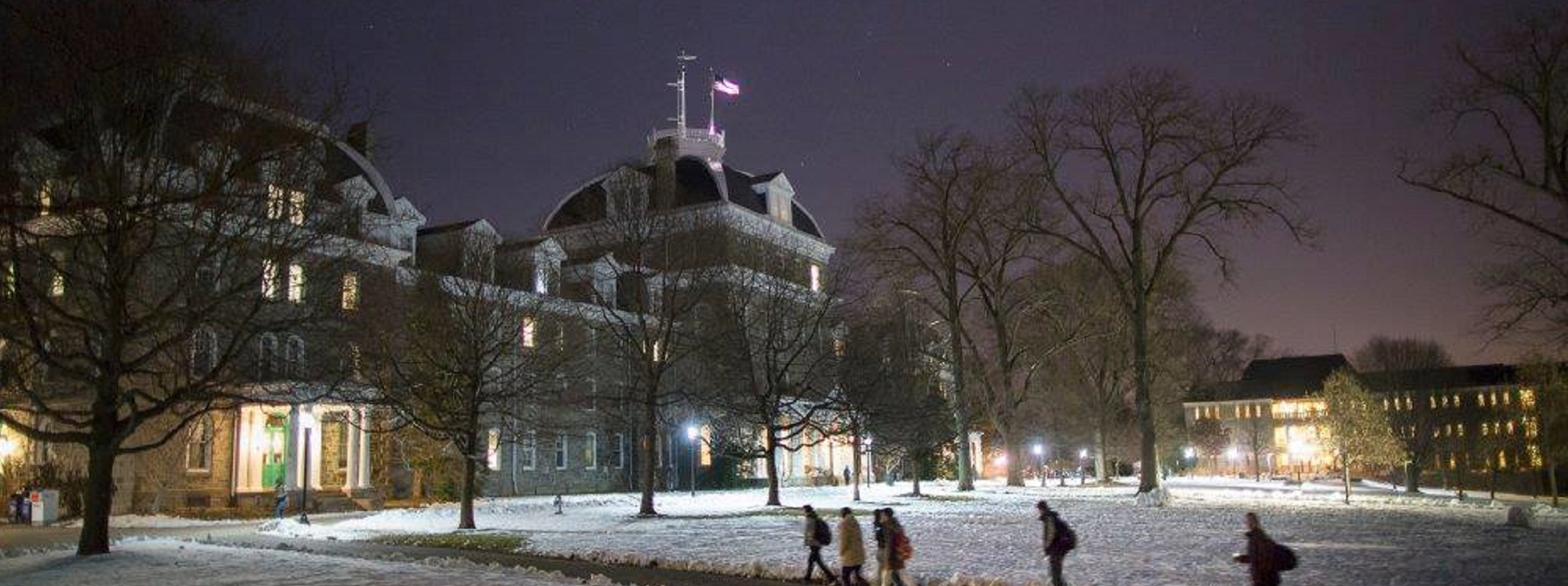
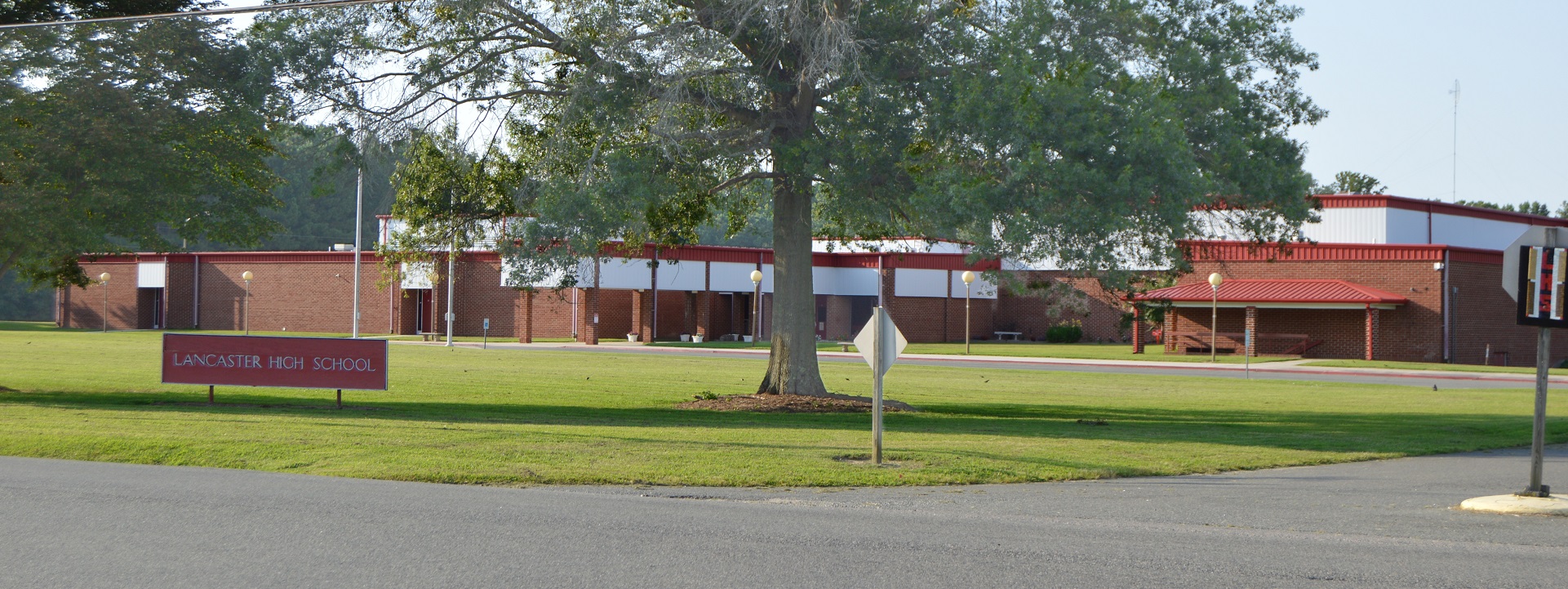
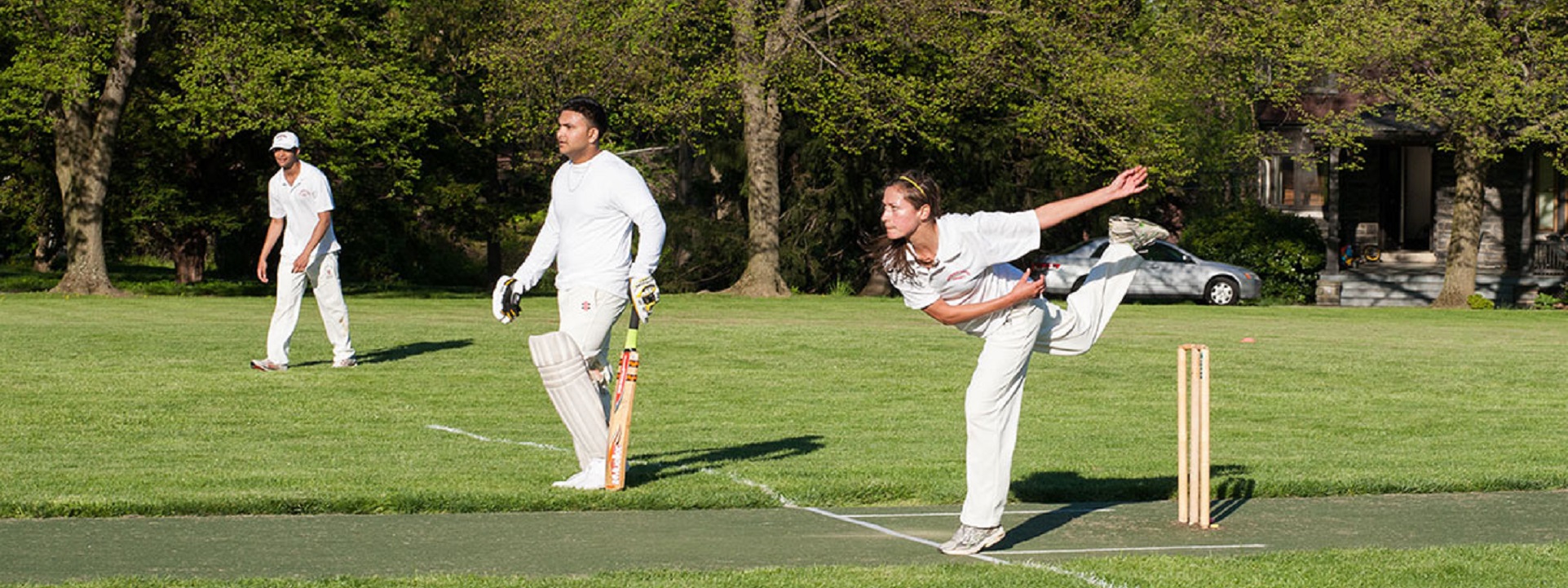
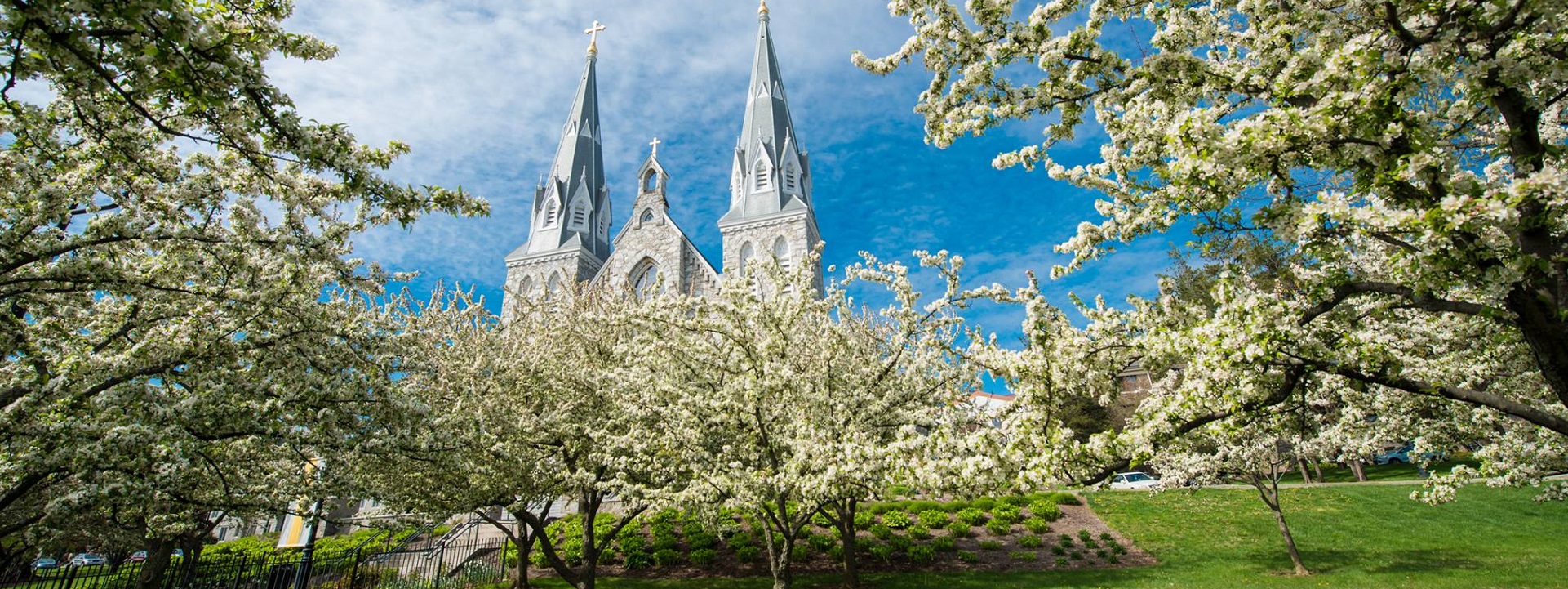
More:
US Census Bureau American Community Interactive Data Map
US Congressional Districts Map
Teacher & Licensing Requirements by State
Finance
Electronic Municipal Market Access / Pennsylvania
Reimbursements for School Construction Bond Issues
University of Pennsylvania Office of Budget and Management Analysis
Safety
Energy
Pennsylvania Public Utility Commission
Information & Communication
College radio stations in Pennsylvania
News
Lampeter-Strasburg school board to purchase bond up to $11M for school improvements
Virtue Signaling Standards
This content is accessible to paid subscribers. To view it please enter your password below or send mike@standardsmichigan.com a request for subscription details.
New update alert! The 2022 update to the Trademark Assignment Dataset is now available online. Find 1.29 million trademark assignments, involving 2.28 million unique trademark properties issued by the USPTO between March 1952 and January 2023: https://t.co/njrDAbSpwB pic.twitter.com/GkAXrHoQ9T
— USPTO (@uspto) July 13, 2023
Standards Michigan Group, LLC
2723 South State Street | Suite 150
Ann Arbor, MI 48104 USA
888-746-3670








